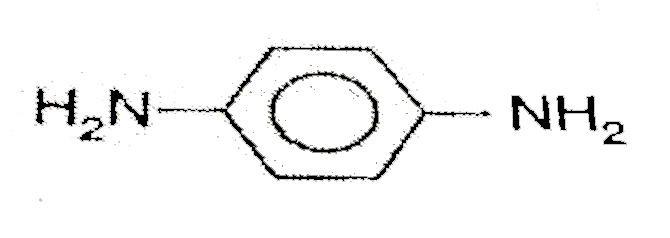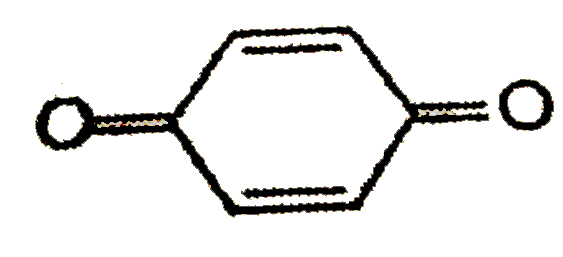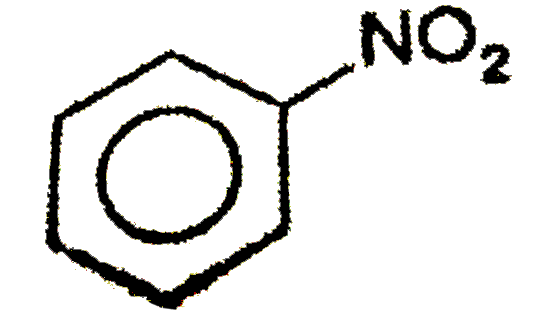Describe the action on conc. HNO3 on anisole .
To describe the action of concentrated nitric acid (HNO₃) on anisole (C₆H₅OCH₃), we can follow these steps:
Step 1: Understand the Structure of Anisole
Anisole is an aromatic compound with the formula C₆H₅OCH₃. It consists of a benzene ring (C₆H₅) with a methoxy group (OCH₃) attached to it. The methoxy group is an electron-donating group, which influences the reactivity of the aromatic ring.
Hint: Identify the functional groups present in anisole and their effects on the aromatic ring.
Step 2: Recognize the Electrophilic Aromatic Substitution
When anisole reacts with concentrated nitric acid, an electrophilic aromatic substitution (EAS) occurs. The methoxy group (OCH₃) activates the benzene ring towards electrophilic attack by directing incoming electrophiles to the ortho and para positions.
Hint: Recall that electron-donating groups direct electrophiles to the ortho and para positions on the aromatic ring.
Step 3: Formation of the Electrophile
In the presence of concentrated sulfuric acid (H₂SO₄), concentrated nitric acid generates the nitronium ion (NO₂⁺), which is the active electrophile in this reaction.
Hint: Consider how concentrated nitric acid and sulfuric acid work together to form the nitronium ion.
Step 4: Electrophilic Attack
The nitronium ion (NO₂⁺) attacks the ortho and para positions of the anisole ring, leading to the formation of two possible products: ortho-nitroanisole and para-nitroanisole.
Hint: Visualize the positions on the benzene ring where the electrophile can attack and the resulting products.
Step 5: Product Distribution
Due to steric hindrance, the para product (para-nitroanisole) is usually the major product, while the ortho product (ortho-nitroanisole) is the minor product.
Hint: Consider the stability and steric factors that influence the distribution of the products.
Step 6: Final Products
The final products of the reaction are:
1. Para-nitroanisole (major product)
2. Ortho-nitroanisole (minor product)
Hint: Remember to write the structures of the final products to visualize the outcome of the reaction.
Summary
In summary, the action of concentrated HNO₃ on anisole results in the formation of ortho-nitroanisole and para-nitroanisole through electrophilic aromatic substitution, with para-nitroanisole being the major product due to less steric hindrance.
Anisole is an aromatic compound with the formula C₆H₅OCH₃. It consists of a benzene ring (C₆H₅) with a methoxy group (OCH₃) attached to it. The methoxy group is an electron-donating group, which influences the reactivity of the aromatic ring.
When anisole reacts with concentrated nitric acid, an electrophilic aromatic substitution (EAS) occurs. The methoxy group (OCH₃) activates the benzene ring towards electrophilic attack by directing incoming electrophiles to the ortho and para positions.
In the presence of concentrated sulfuric acid (H₂SO₄), concentrated nitric acid generates the nitronium ion (NO₂⁺), which is the active electrophile in this reaction.
The nitronium ion (NO₂⁺) attacks the ortho and para positions of the anisole ring, leading to the formation of two possible products: ortho-nitroanisole and para-nitroanisole.
Due to steric hindrance, the para product (para-nitroanisole) is usually the major product, while the ortho product (ortho-nitroanisole) is the minor product.
The final products of the reaction are:
1. Para-nitroanisole (major product)
2. Ortho-nitroanisole (minor product)
In summary, the action of concentrated HNO₃ on anisole results in the formation of ortho-nitroanisole and para-nitroanisole through electrophilic aromatic substitution, with para-nitroanisole being the major product due to less steric hindrance.
Similar Questions
Knowledge Check
The reaction of conc. HNO3 and phenol forms
ABenzoic acidBSalicylic acidCo-and p-nitrophenolDPicric acidAniline reacts with conc. HNO3 to give
A B
B C
C D
D
Phenol on treatment with conc. HNO3 gives
APb(NO3)2+NO2BPbNO3+NOCPb(NO3)4+NO3DPb(NO3)3+N2O
Reaction between hot conc. HI and anisole gives ....
View SolutionThe product formed by heating sucrose with conc. HNO3 is
View SolutionHydrogen is evolved the action of cold dilute HNO3 on :
View SolutionIn the nitration of benzene with conc. HNO3 and conc H2SO4 the electrophile acting group is
View SolutionWhen Sn is treated with conc. HNO3
View Solution
